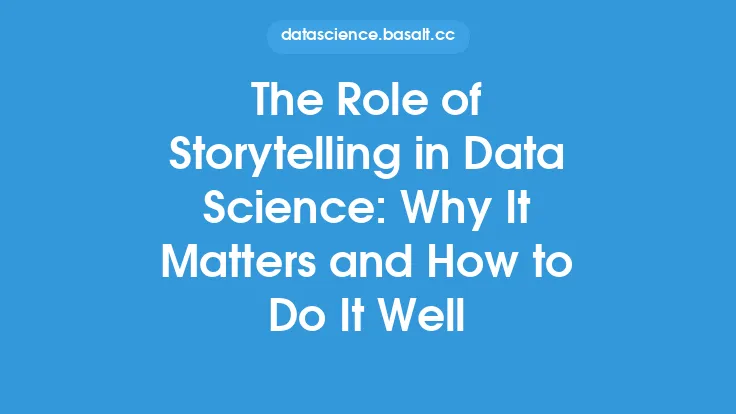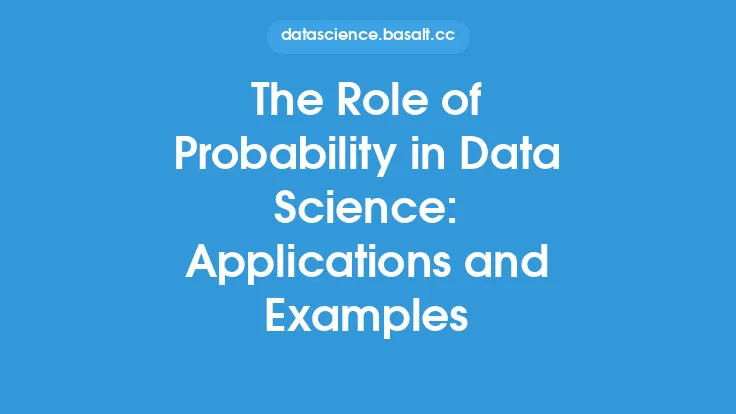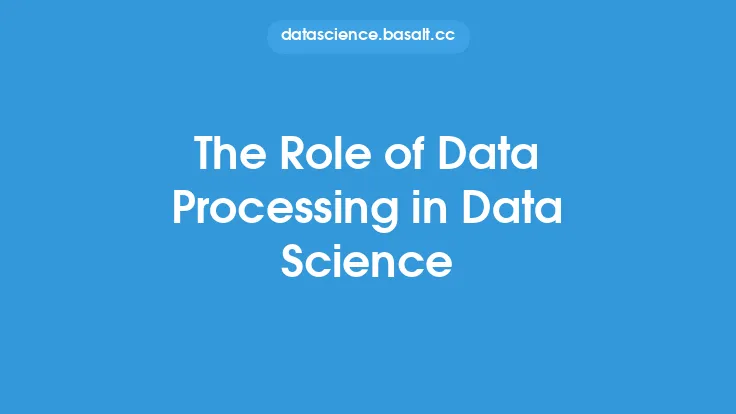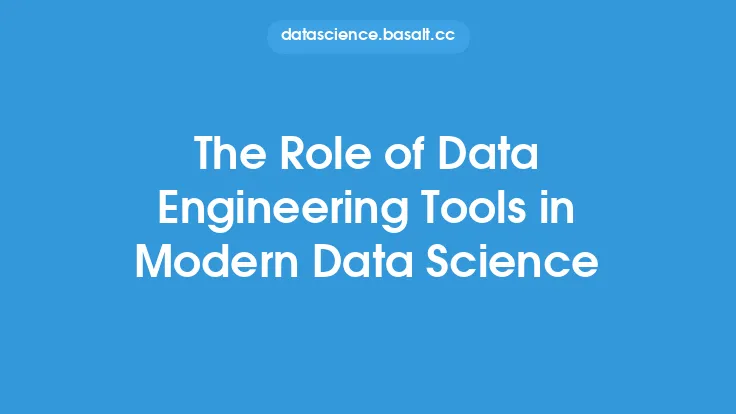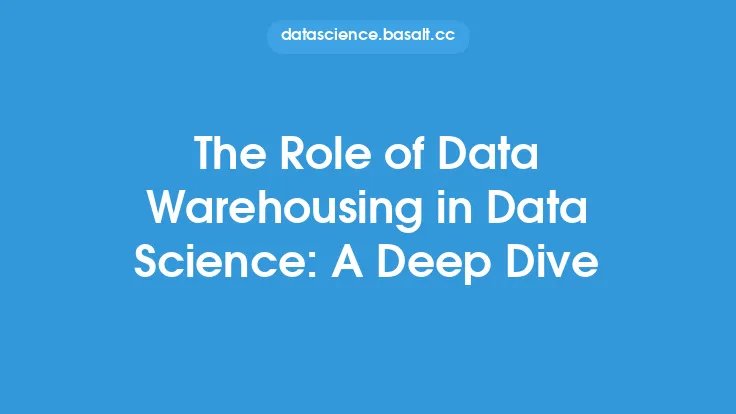Data preprocessing is a crucial step in the data science workflow, as it prepares the data for analysis and modeling. The goal of data preprocessing is to transform the raw data into a format that is suitable for analysis, by handling missing values, removing noise and outliers, and scaling the data. This step is essential because it can significantly impact the accuracy and reliability of the results obtained from the analysis.
Introduction to Data Preprocessing Techniques
Data preprocessing techniques can be broadly categorized into two types: traditional and advanced. Traditional techniques include data cleaning, data transformation, and data reduction, while advanced techniques include data normalization, feature scaling, and feature engineering. Data cleaning involves identifying and correcting errors in the data, such as missing values, duplicates, and inconsistencies. Data transformation involves converting the data into a suitable format for analysis, such as aggregating data or converting categorical variables into numerical variables. Data reduction involves reducing the dimensionality of the data, such as selecting a subset of features or using dimensionality reduction techniques like principal component analysis (PCA).
Data Preprocessing for Different Data Types
Different data types require different preprocessing techniques. For example, numerical data can be preprocessed using techniques like normalization, feature scaling, and feature engineering, while categorical data can be preprocessed using techniques like one-hot encoding, label encoding, and binary encoding. Text data can be preprocessed using techniques like tokenization, stopword removal, and stemming, while image data can be preprocessed using techniques like image resizing, image normalization, and feature extraction. Time series data can be preprocessed using techniques like time series decomposition, trend removal, and seasonality removal.
Data Preprocessing Tools and Software
There are several data preprocessing tools and software available, including open-source libraries like Pandas, NumPy, and Scikit-learn, and commercial software like SAS, SPSS, and MATLAB. These tools provide a range of functions for data cleaning, data transformation, and data reduction, as well as advanced techniques like data normalization and feature engineering. Additionally, there are several data preprocessing frameworks available, such as Apache Beam and Apache Spark, which provide a scalable and distributed platform for data preprocessing.
Data Preprocessing Challenges and Limitations
Data preprocessing can be challenging and time-consuming, especially when dealing with large and complex datasets. Some common challenges include handling missing values, removing noise and outliers, and scaling the data. Additionally, data preprocessing can be limited by the quality of the data, as well as the availability of computational resources. Furthermore, data preprocessing can be sensitive to the choice of techniques and parameters, which can significantly impact the results obtained from the analysis.
Data Preprocessing Best Practices
To ensure effective data preprocessing, it is essential to follow best practices like data exploration, data visualization, and data validation. Data exploration involves understanding the distribution of the data, as well as the relationships between variables. Data visualization involves using plots and charts to understand the data, while data validation involves checking the data for errors and inconsistencies. Additionally, it is essential to document the data preprocessing steps, as well as the techniques and parameters used, to ensure reproducibility and transparency.
Data Preprocessing in Real-World Applications
Data preprocessing has numerous real-world applications, including predictive modeling, recommender systems, and anomaly detection. In predictive modeling, data preprocessing is used to prepare the data for modeling, by handling missing values, removing noise and outliers, and scaling the data. In recommender systems, data preprocessing is used to prepare the user and item data, by handling missing values, removing noise and outliers, and scaling the data. In anomaly detection, data preprocessing is used to prepare the data for analysis, by handling missing values, removing noise and outliers, and scaling the data.
Future of Data Preprocessing
The future of data preprocessing is likely to be shaped by advances in machine learning and artificial intelligence, as well as the increasing availability of large and complex datasets. Some potential trends include the use of automated data preprocessing techniques, like autoencoders and generative adversarial networks (GANs), as well as the use of distributed and parallel computing frameworks, like Apache Spark and Hadoop. Additionally, there is likely to be an increasing focus on data quality and data validation, as well as the use of data preprocessing techniques for real-time data analysis and decision-making.

